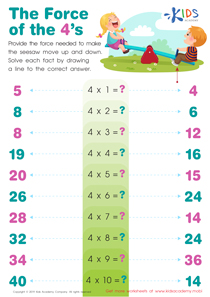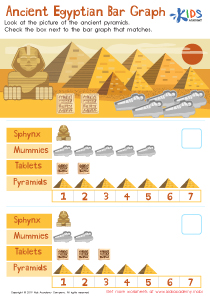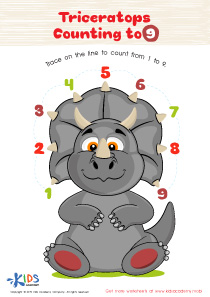Visual discrimination Easy Math Worksheets for Ages 6-9
3 filtered results
-
From - To
Discover our engaging collection of Visual Discrimination Easy Math Worksheets designed specifically for children aged 6-9! These worksheets help young learners develop essential skills by enhancing their ability to identify differences and similarities in shapes, numbers, and patterns. With vibrant visuals and age-appropriate challenges, these worksheets make learning math fun and interactive. Ideal for use in classrooms or at home, they promote critical thinking and improve focus, ensuring your child becomes a confident mathematician. Explore our extensive range of printable activities now and foster your child’s early math skills while encouraging visual recognition and critical observation! Perfect for promoting foundational learning success!
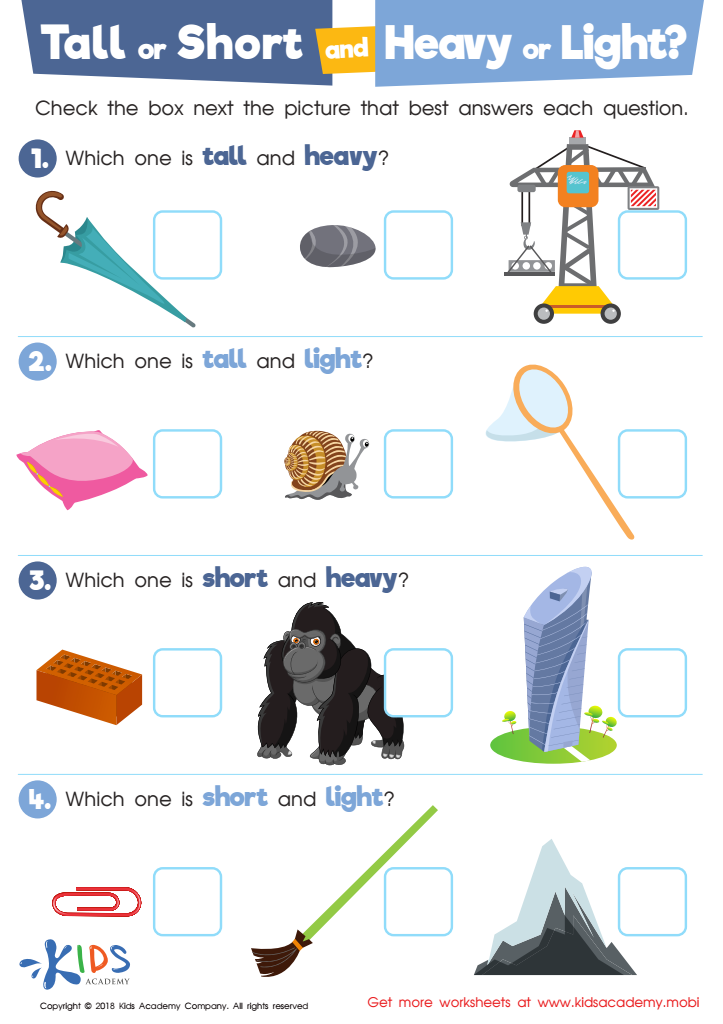

Tall or Short and Heavy or Light? Worksheet
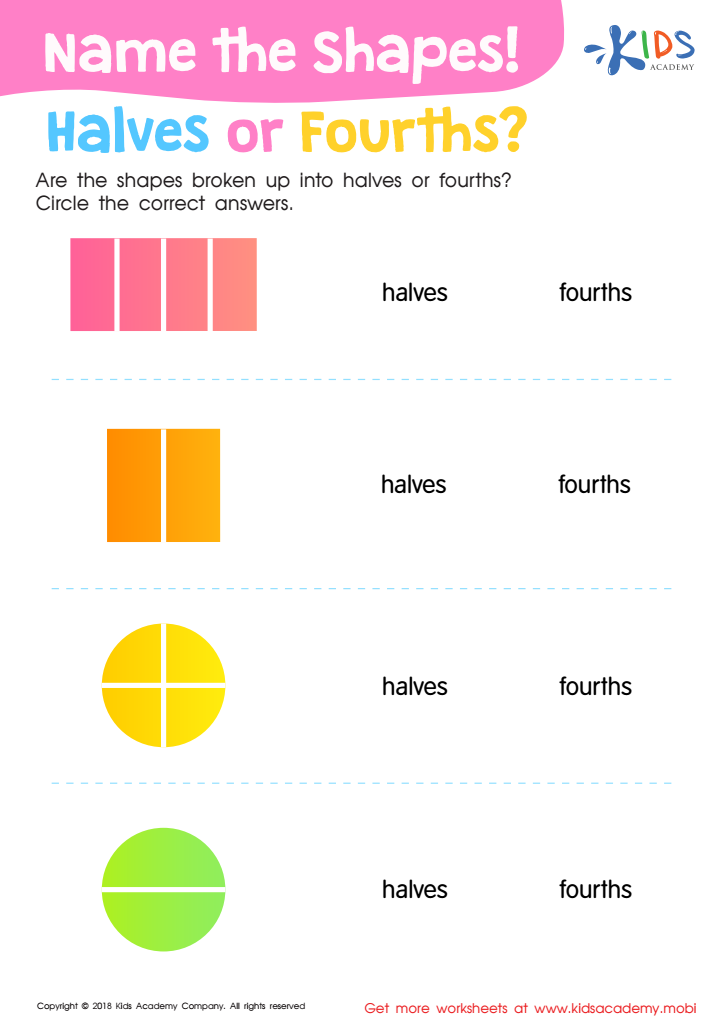

Name the Shapes Halves or Fourths? Worksheet
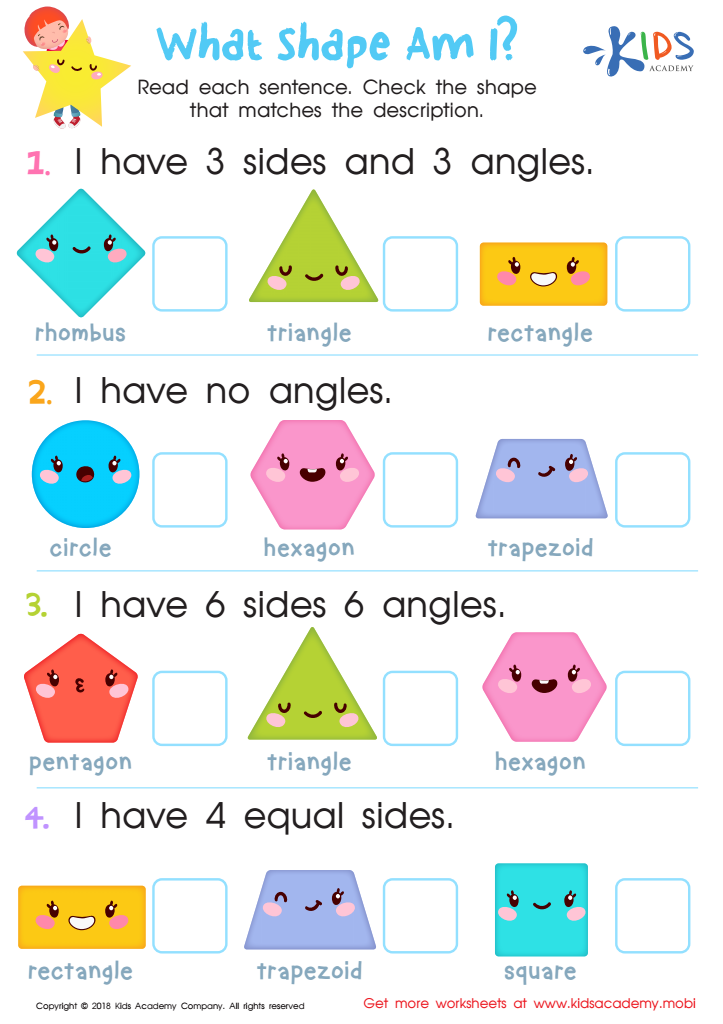

What Shape Am I? Worksheet
Visual discrimination is a critical skill for children aged 6-9, significantly impacting their math learning and overall academic success. This ability allows children to identify, compare, and differentiate between shapes, patterns, and configurations. Effective visual discrimination lays the foundation for understanding mathematical concepts such as counting, sorting, and geometry.
Parents and teachers should care about enhancing visual discrimination because it directly influences a child's mathematical abilities. Children with strong visual discrimination skills can better recognize numbers, perform calculations swiftly, and comprehend spatial relationships, all essential for mastering basic math principles. Strong visual skills also promote better critical thinking and problem-solving, essential for future learning in STEM fields.
Furthermore, engaging in activities that foster visual discrimination, such as puzzles and pattern games, makes learning playful and enjoyable. This nurtures a love for learning and helps build confidence in their math skills.
In summary, promoting visual discrimination not only prepares children for immediate mathematical challenges but also cultivates lifelong skills that will serve them well throughout their educational journey. Prioritizing this in early education ensures children become successful and capable learners.
 Assign to My Students
Assign to My Students





.jpg)





